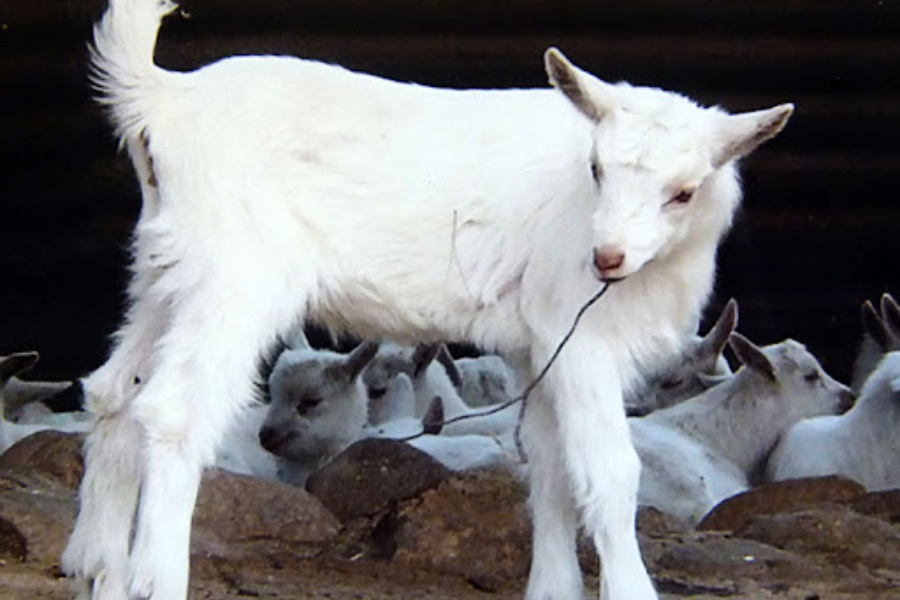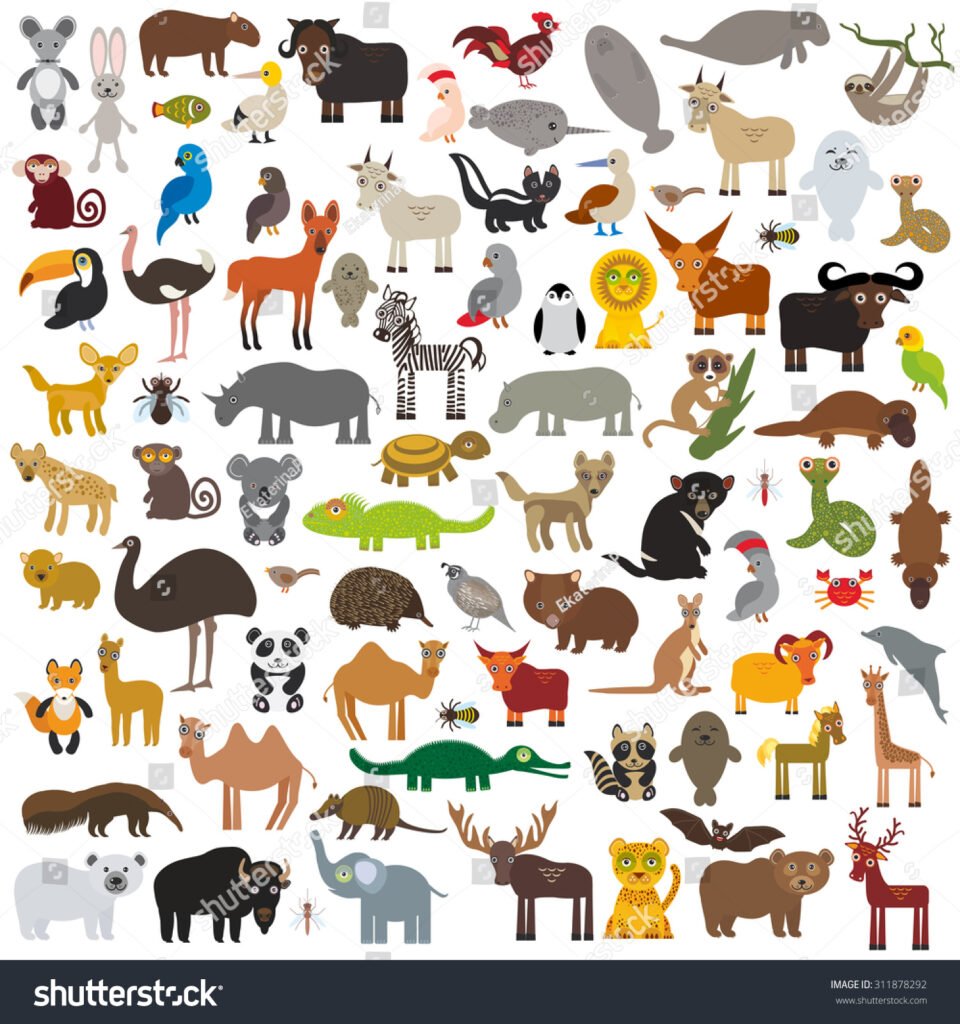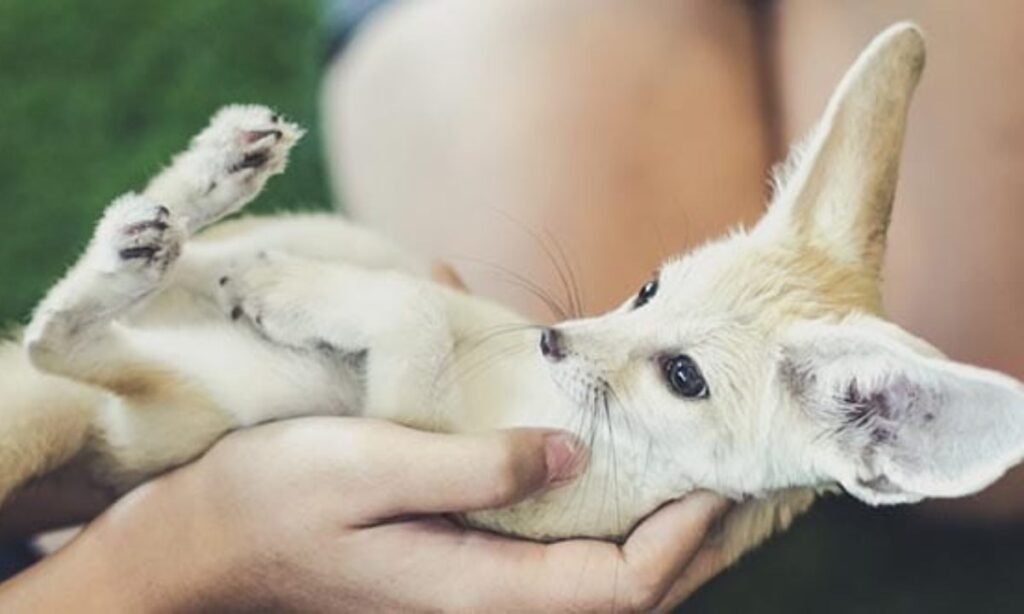Introduction to Coza Animals
Welcome to the fascinating world of Coza Animals, a term that describes one-of-a-kind creatures that’ll blow you away with their charisma and character. From their different attributes to astonishing acts, there is much to discover and admire about Coza Animals. The top 10 amazing facts and care tips for these extraordinary beings will be analyzed in this article. Be prepared to go through an adventurous experience of awe beside your Coza Animals!
Table of Contents
What Makes Coza Animals Unique?

Coza animals are unique beings that captivate the hearts of many. Their outstanding adaptability to diverse conditions is what differentiates them from other species, as evidenced by colors, patterns, and behavior.
One special thing about Coza animals is their complicated means of communication. These animals portray high complexity in vocalization and body movements that they use to communicate with each other and move from one point to another.
Apart from this, Coza creatures are also smart, intelligent, and capable of solving problems. For instance, in all activities involved in finding food or constructing houses, these organisms exhibit inventiveness that always amazes people.
Another notable attribute of Coza animals is their attractive physical appearance. Each class has specific physical decorations and attributes that improve its overall attractiveness.
What makes Coza animals outstanding is their interaction with other living things within the ecosystems where they reside and even the environment itself.
Top 10 Amazing Facts about Coza Animals
Coza animals are unquestionably fabulous, possessing many exciting details that distinguish them in the animal kingdom. On closer inspection, various colors and patterns make each unique and beautiful.
Another astonishing aspect of Coza animals is their outstanding intellect, sometimes surpassing human problem-solving abilities. Their adaptability to different environments and situations shows how brutal and intelligent this species can be.
Coza animals are highly social. They live within packs or groups, with complex communication networks that enhance individual cooperation. Moreover, these creatures demonstrate impressive hunting methods that demonstrate their hunting prowess.
Similarly, the mating behavior of Coza animals is also very captivating because it involves exciting mating rituals and parental behaviors that ensure the survival of future generations. Further still, physical traits in these animals enable them to thrive in different habitats, thus exposing them as natural wonders perfected over millenniums.
Their sleek strides and commanding instincts continue to impress scientists and fans alike regarding Coza’s continued existence amidst nature’s wonderment.
The Types of Coza Animals: Domestic and Wild

From the cute pets at home to the gigantic animals in the wild, there exist different kinds of Coza animals. Domestic cozy animals refer to those bred and kept in captivity for many generations as they are well-adapted to living with human beings. They can also provide companionship and consolation or be used in herding or hunting activities.
On the contrary, wild coza animals are free-living beings that dwell in their natural ecosystems. They possess a raw beauty and an untamed autonomy that enthralls many people. Observing them within their abode may remind one how important it is to save such environments.
Every kind of cozy animal, whether domesticated or wild, has peculiar features and demands certain care practices. These distinctions must be considered when deciding whether to keep one as a pet or encounter it while touring a particular forest.
How to Care for a Coza Animal as a Pet

Coza animals need to be cared for according to their particular needs. A balanced diet is important, including fresh fruits and vegetables and high-quality pellets or seeds. Regular veterinary check-ups are necessary to keep your Coza animal healthy and happy.
Their welfare depends on how much they can interact with the environment around them. Give them plenty of toys, branches for climbing, and hiding spots in their enclosure. Investing in daily interaction with these creatures is important since Coza animals are social, making bonding and trust-building processes possible between you two.
Their living environment must be kept clean. Drinking water should be changed regularly, and bedding material should be replaced frequently so as not to make them sick. Moreover, offering mental stimulation such as puzzle feeders or interactive play helps prevent boredom and enhance mental nimbleness.
It is essential to know when your Coza animal feels uncomfortable or upset by being familiar with its behavior signals because this way, you will understand what exactly it wants from you at that particular moment. Observing what they do and reacting accordingly enables both parties to gel well into a harmonious relationship involving man’s best friend –pets- with mutual respect involved, which makes it one of the most fulfilling associations ever known.
Tips for Interacting with Wild Coza Animals

When encountering wild Coza animals, it’s essential to approach them carefully and consider their living environment. Maintain a safe distance and avoid abrupt movements that scare them away. Bear in mind that these are not like pet breeds that are human-oriented.
By observing such species from a distance, one can learn about the beauty of Coza animals within their own natural habitats without altering their daily lives. Use binoculars or zoom cameras to give you a better view, but still far enough for safety.
Feeding isn’t recommended for unknown reasons because this would disrupt the wild nutrition system, making the particular animal dependent on man for food. It is vital to leave them to follow their instincts and patterns without other people’s good but ill-advised interventions.
Instead of trying to intervene by yourself, contact local wildlife authorities or organizations trained in handling such situations if you encounter an injured/distressed Coza animal. Whenever people interact with wildlife, they must ensure their safety and the well-being of such creatures.
Common Misconceptions about Coza Animals
The Coza animal is often misunderstood, leading to a lack of knowledge. A widespread delusion is that all Coza animals are dangerous; nevertheless, several tamed Coza pets are docile and loving. Another myth is that wild Coza animals can be easily domesticated or kept as pets, yet they need exceptional care and habitats.
Some people generalize the temperament of all Coza animals without considering the distinctive qualities of each kind. Another fallacy exists among people who think giving human food to animals would not affect them healthwise, but it does.
Another common misconception is that every Coza animal should be kept in captivity without realizing the significance of conservation and protection for their natural surroundings. Enlightenment is needed to dispel these erroneous ideas and safeguard these interesting creatures.
Conservation Efforts for Coza Animals
The Coza animal is often misunderstood, leading to a lack of knowledge. A widespread delusion is that all Coza animals are dangerous; nevertheless, several tamed Coza pets are docile and loving. Another myth is that wild Coza animals can be easily domesticated or kept as pets yet need exceptional care and habitats.
Some people generalize the temperament of all Coza animals without considering the distinctive qualities of each kind. Another fallacy exists among people who think giving human food to animals would not affect them healthwise, but it does.
Another common misconception is that every Coza animal should be kept in captivity without realizing the significance of conservation and protection for their natural surroundings. Enlightenment is needed to dispel these erroneous ideas and safeguard these interesting creatures.
Potential Dangers of Owning a Coza Animal
These dangers could be: Owning a Coza animal might bring happiness, fulfillment, and companionship, but caring for these rare creatures comes with risks. One of such significant threats is their particular dietary requirements; improperly feeding them may cause malnutrition or other health problems.
Another concern is their instincts and behaviors that might not fit well into domestic settings. Proper training and socialization are essential to avoid human or other animal aggression since Coza animals are generally known to be territorial.
Furthermore, some kinds of Coza animals can be carriers of zoonotic infections transmitted through bites or scratches. In such interactions, it is necessary to maintain current immunizations and seek immediate medical assistance in case of any injuries.
Additionally, the commitment needed when dealing with a Coza animal over an extended period should never be overlooked. The prerequisites necessary for their welfare include specific habitat needs and enrichment needs.
By being aware of these risks, potential owners will make informed decisions before allowing a Coza pet into their homes.
FAQs
Can Coza creatures be good pets?
Coza animals can make good pets if properly cared for and attended to. Nevertheless, you should look into the specific requirements of a species before deciding to get one.
Is it possible to domesticate wild Coza animals?
Domesticating wild Coza animals is illegal in many places and poses great risks for the animal and its owner; hence, they should not be domesticated.
What do Coza animals eat?
A Coza animal’s diet will depend on its own kind. Find out what they eat to have all the nutrients they need.

